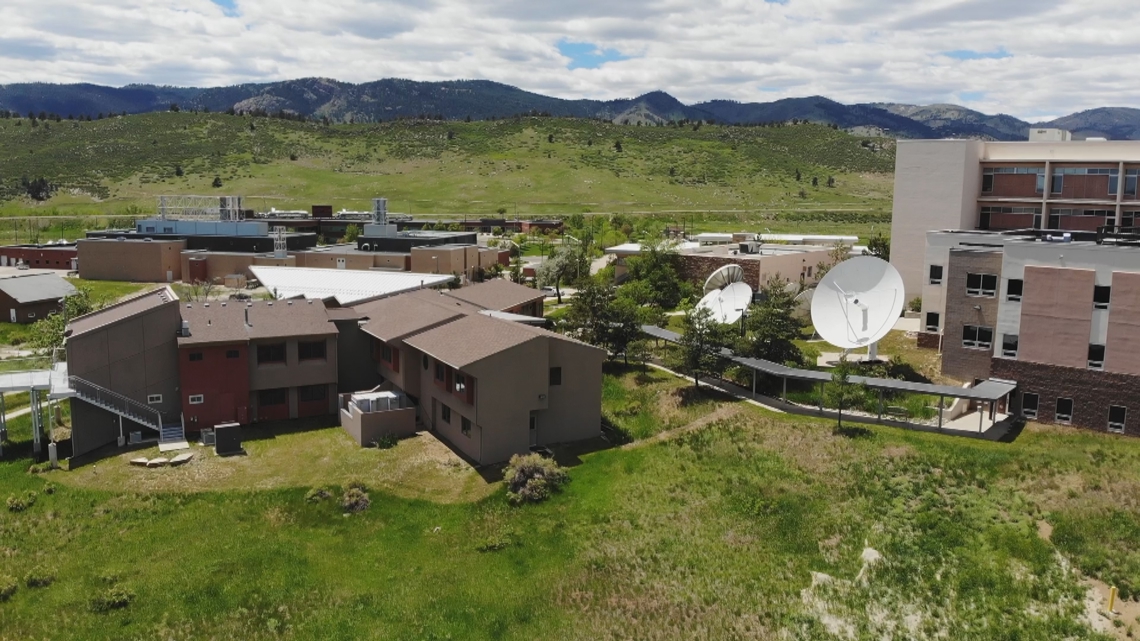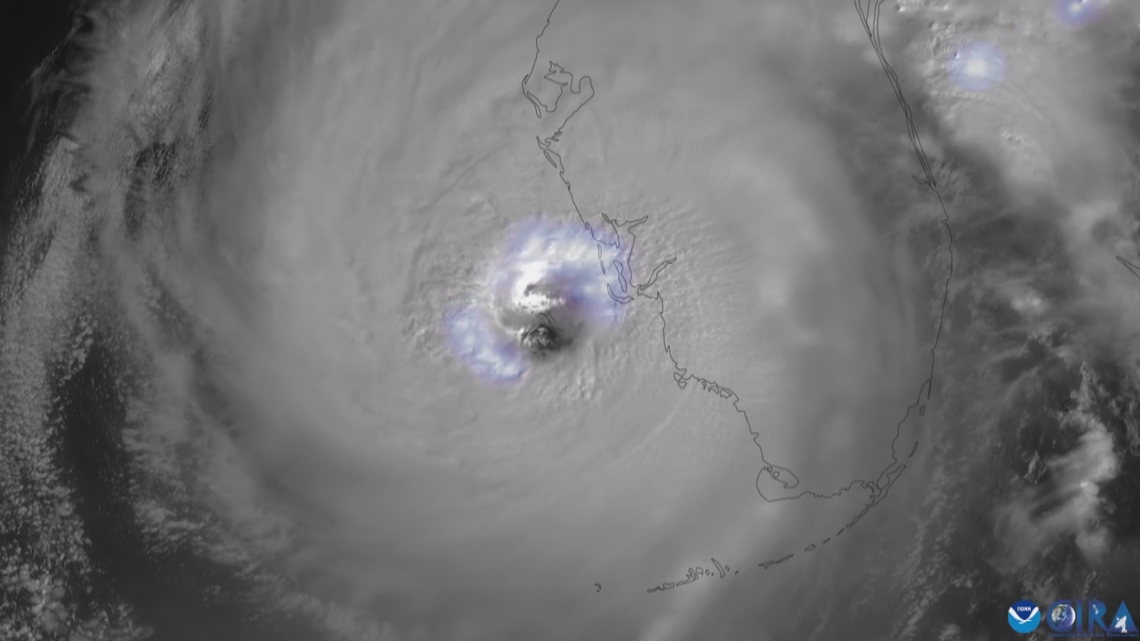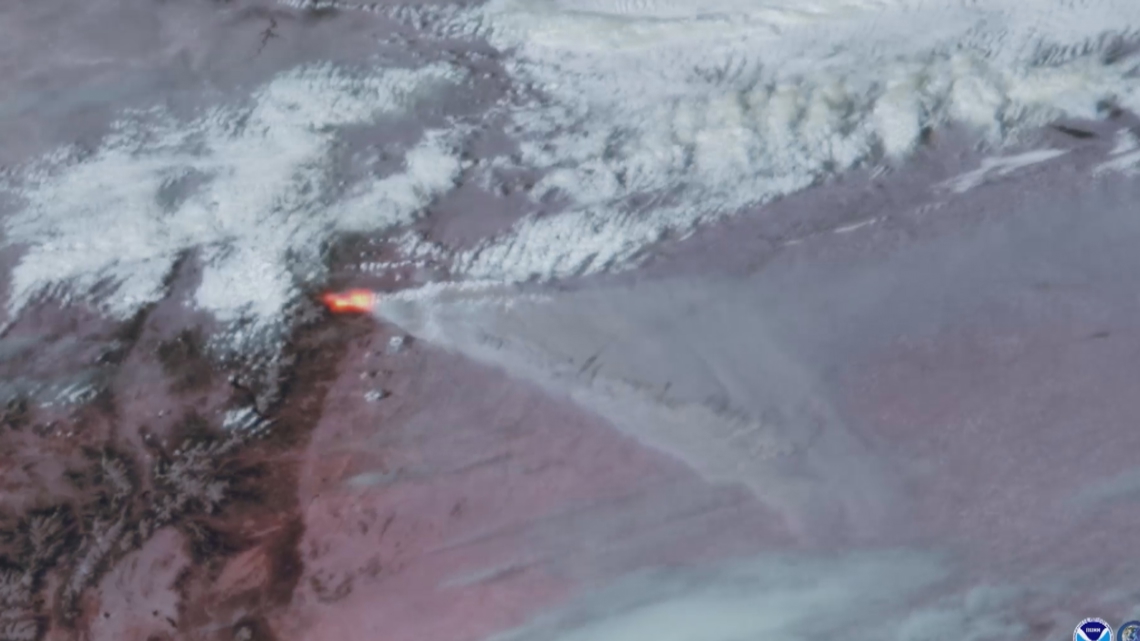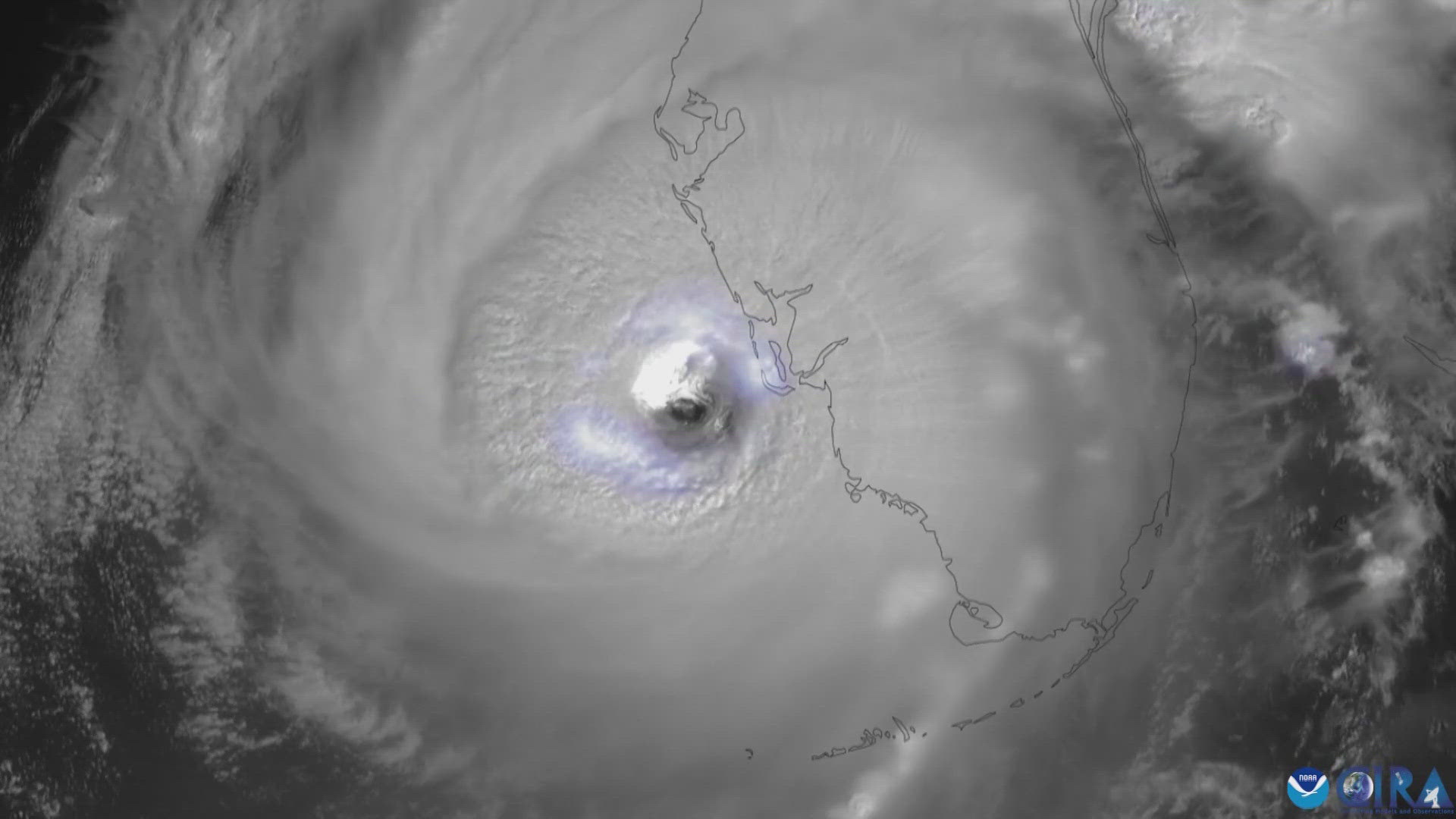FORT COLLINS, Colo. — The National Oceanic and Atmospheric Administration (NOAA) has had a scientific research partnership with Colorado State University (CSU) since 1980, and this week they announced a $308 million commitment to extend that agreement at least another five years.
The joint atmospheric science venture is called the Cooperative Institute for Research in the Atmosphere (CIRA). Researchers from CSU and NOAA are under the same roof at CSU's Foothills Campus in Fort Collins.
“Cooperative institutes actually work together day to day, together in a kind of badgeless environment to solve problems that are identified as critical," said Steven Miller, director of CIRA. "We connect the research with the practical needs of NOAA."


Miller said weather and climate disasters are now costing the American taxpayer about $100 billion per year. And it’s CIRA’s job to help reduce that cost through science.
Technological advancements made by CIRA researchers are focused around satellite technologies and computing power. The products created by CIRA go directly to NOAA forecasters on the front line. Places like the National Weather Service, the Storm Prediction Center, the Climate Prediction Center and the National Hurricane Center.
Miller said it was CSU's reputation for elite tropical cyclone research that first attracted NOAA to establish a cooperative institute 44 years ago, and it's their continued prominence in that discipline that motivates NOAA to maintain the partnership.
“The founder of the Atmospheric Sciences department at CSU, Herb Riehl, was one of the top tropical cyclone scientists in the 1960s,” said Miller. "And ever since then, we have continued to attract the top scientists to CIRA based on a long-running reputation."
He said satellite-driven products developed at CIRA are helping forecasters more accurately predict the paths and intensities of tropical cyclones. And post storm research done at CIRA helps further the modeling and understanding of hurricane processes.


Another highlight to CIRA’s recent resume is the ability to analyze the temperature spectrum of wildfires with a new enhancement to satellite imagery.
“To have this new satellite information characterizing those fires in ways that we couldn’t before, it really just opens up a lot of doors," he said. "Not only in terms of helping forecasters with operational use but also just looking at the nature of fire and how it changes. And what are the dynamics of the fire? How does that interact with meteorology?”
Miller said CIRA does research on all aspects of atmospheric sciences including wildfire and hurricane research, but the biggest advancements over the next five years might come in the AI and machine learning computer technology sector.


"We also need to start preparing NOAA forecasters on how to work with the new capabilities of the next generation of weather satellites, which will be coming sooner than most people realize," he said. “This is where the rubber meets the road in terms of making something in the basic science that we learn about in nature practical and useful for society.”
He said that two-thirds of NOAA's overall weather and climate research come from their cooperative institutes. CIRA is one of 16 partnerships located at different universities across the country.
Colorado is the only state with two. The Cooperative Institute for Earth System Research and Data Science (CIESRDS) is located at the University of Colorado in Boulder.
SUGGESTED VIDEOS: Colorado Weather

